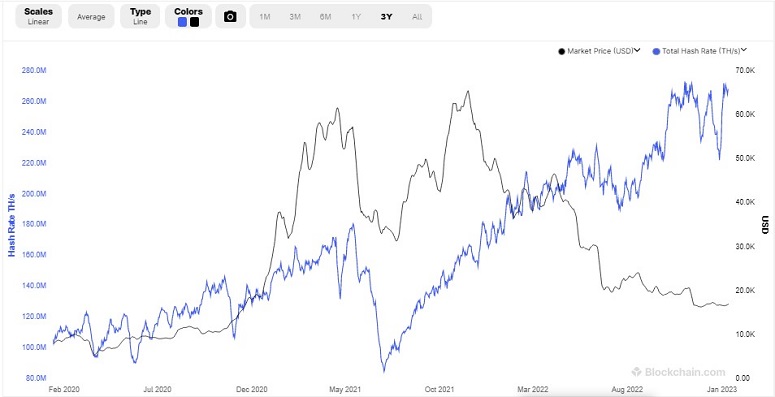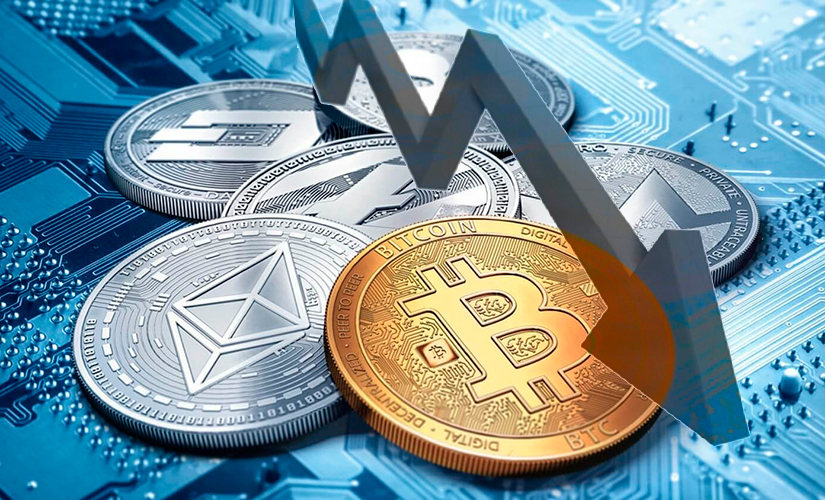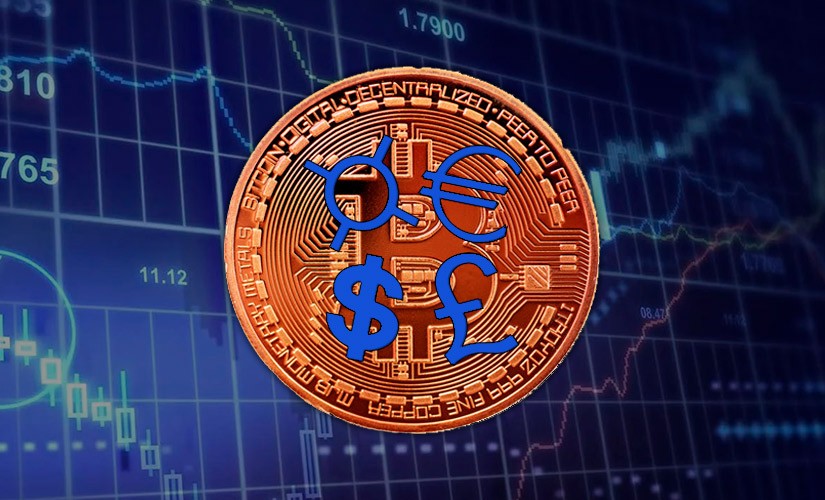Any user can become a member of the network at will. The founder of the first asset is a person under the nickname Satoshi Nakamoto, whose identity has not been established. He mined the initial block (Genesis) of cryptocurrency on his own PC.
First there was the Bitcoin blockchain
Blockchain was launched in 2009 as a distributed transaction registry on the Bitcoin network. It is a database where each participant keeps an encrypted copy of all transactions. No one can own the cryptocurrency. The operation of the system is maintained by users. BTC is a publicly available model for recording transactions without the need for third-party verification. Blockchain is distributed over a peer-to-peer (P2P) network. It consists of blocks of data that are linked together to form an unbroken chain of immutable records. Each computer in the blockchain maintains a copy of the ledger to avoid a single point of failure – inoperability due to invalid data. Blocks are added sequentially. They are also protected from unauthorized access. The system starts with block zero, which records the first transactions. Each element is assigned an alphanumeric string – a hash. Any new block uses the encrypted code from the previous chain to create its own combination.
How bitcoin is created
A new cryptocurrency is formed during the mining process. Coin mining is a computational process that uses code to make the system function. Bitcoin is obtained (mined) by mining. Miners provide the blockchain with accurate information about transaction history and user balances.
When computers verify and process transactions, new bitcoins are generated. Miners process the transactions in exchange for a reward for the block found. The funds earned by miners are the new coins on the network.

Bitcoin runs on the SHA256 algorithm of the Proof-of-Work (PoW) type, Proof-of-Work. Features of the feature:
- New blocks are created.
- Each transaction is verified due to the hash rate of miners.
- Verified versions of the copies on the computers of the network participants.
Every four years, the generation of new coins is halved. The process is called halving. For example, the last time the reward for mining decreased on May 11, 2020 from 12.5 to 6.25 bitcoins.
5020 $
бонус для нових користувачів!
ByBit забезпечує зручні та безпечні умови для торгівлі криптовалютою, пропонує низькі комісії, високий рівень ліквідності та сучасні інструменти для аналізу ринку. Він підтримує спотову торгівлю та торгівлю з використанням кредитного плеча, а також допомагає початківцям та професійним трейдерам за допомогою інтуїтивно зрозумілого інтерфейсу та навчальних посібників.
Заробіть 100 бонусів $
для нових користувачів!
Найбільша криптобіржа, де можна швидко та безпечно розпочати свою подорож у світі криптовалют. Платформа пропонує сотні популярних активів, низькі комісії та передові інструменти для торгівлі та інвестування. Проста реєстрація, висока швидкість транзакцій та надійний захист коштів роблять Binance чудовим вибором для трейдерів будь-якого рівня!
Who controls the system
The world’s currencies are controlled by governments and banks. For example, the U.S. Federal Reserve issues dollars and sets a minimum interest rate for lending institutions. Blockchain operates independently of states and the banking system. However, cryptocurrency exists according to market laws: the rate depends on supply and demand. For example, a sought-after asset increases in value. Bitcoin is decentralized and protected from influence or interference from governments, organizations, or individuals. The coin can be used in a peer-to-peer network without intermediaries. Transactions are secret and recorded on the blockchain. The digital asset is anonymous but not private. Any member of the network can see transfers between users. The operation of the coin is based on the principle of decentralization. Control is distributed to each participant of the network – nodes. In banks, transactions are tracked by the government and the financial institution in the same data center. In a blockchain, the network is stored on thousands of devices. Bitcoin is user-driven, where anyone can develop and improve the software part of the blockchain. However, the majority of users must agree and use compatible versions. This is how consensus is reached – decisions are made by voting. All nodes in the network are equal to each other. For example, if a new version is available, most nodes must use it in order for it to be accepted. Users who oppose the decisions (minority) can form a fork. If a new cryptocurrency is created based on an old one, the process is called a hardfork. In this case, the two networks will not interact with each other. In softfork (minor code changes), mutual compatibility of versions is formed.
| Fork | Date of creation | Capitalization in January 2023 |
|---|---|---|
The main features of BTC
Bitcoin is the first cryptocurrency, on the basis of which new coins are created. It is possible to highlight such of its features:
- Privateness. The owner of the wallet is difficult to establish, since it is not tied to the passport data of the user.
- Open source code. Any user can make changes to the blockchain.
- Irreversibility of transactions. If money is sent to the wrong address, it is impossible to return the funds.
- Peer-to-Peer. Transfers are conducted between users directly.
- No limits. You can send any amount to another wallet.
- Bitcoin can be used anywhere in the world. You only need access to the Internet.
- The issue is limited to 21 million coins. For example, a dollar can be printed in unlimited quantities, not the way bitcoin is created.
- Low transaction fees for large amounts. Banks charge a high percentage of the transaction, unlike blockchain.
Bottom line
The digital asset is formed as a reward to miners for mining. The issue is limited – the maximum number of bitcoins in the blockchain is 21 million units. But this is compensated for by the high volatility of the cryptocurrency. The value can change by 20% or more during the week.
Часті запитання користувачів
✨ What is an altcoin?
It is any cryptocurrency that was created after the first coin. The term refers to assets issued after 2009.
⚡ How to generate bitcoin on your own?
To create a cryptocurrency, you need to engage in mining and get rewarded for the mined block. For example, you can mine with an ASIC.
📢 What happens if you transfer cryptocurrency to a non-existent wallet address?
The coin is destroyed with no possibility of recovery.
📱 What should I do if I forgot my wallet password?
If the digital asset is stored on a cold wallet, it is impossible to restore access. But crypto exchanges provide for the possibility of resetting the password via email or phone number. On decentralized (DEX) platforms, you need to enter a seed phrase.
📌 What happens if all bitcoins are mined?
Mining will remain relevant, as transaction processing fees increase in the process of decreasing mining rewards. But no new coins will be generated.
Помилка в тексті? Виділіть її мишкою та натисніть Ctrl + Увійдіть














